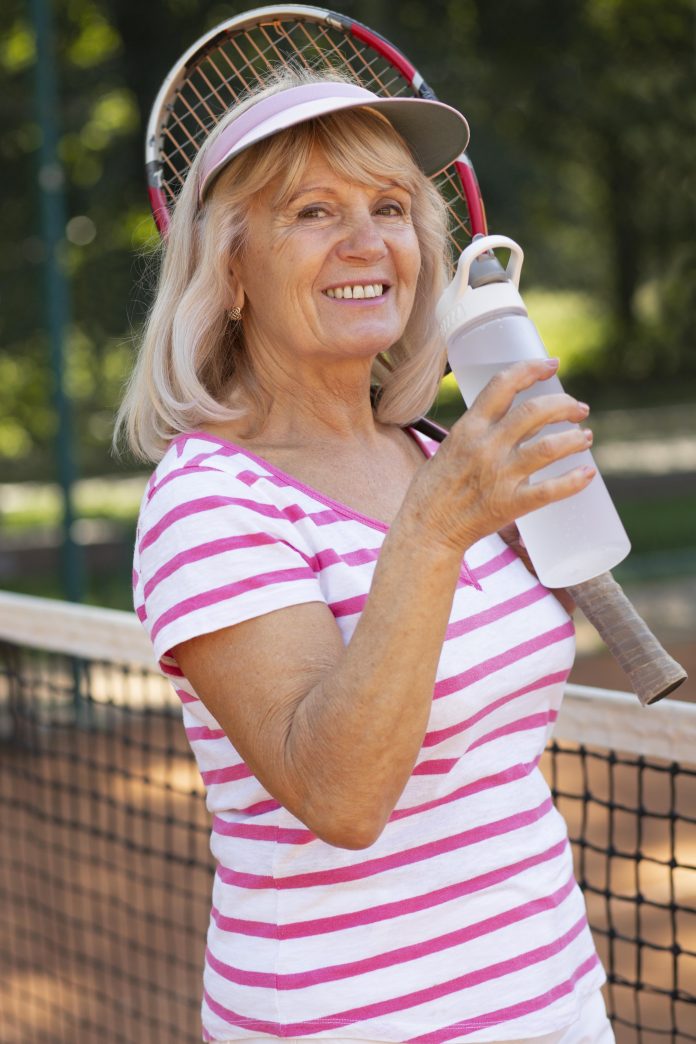EMS would like to remind everyone to stay safe in the heat and sun this season. While children and the elderly may be more susceptible to the effects of heat and sun, basic prevention measures should be taken by all to avoid a heat related illness during periods of hot and humid weather.
Heat Exhaustion
- Heat exhaustion can occur due to excessive fluid loss during periods of prolonged sweating in a hot and/or humid environment (indoors or outdoors).
- Patients may suffer headaches, weakness, fatigue, nausea/vomiting, thirst, chills, and profuse sweating.
- The patient is usually cold and damp to the touch and the skin may appear pale or dusky gray.
Heat Stroke
- Heat stroke is a medical emergency which, without prompt treatment, could be fatal.
- It occurs when the body can’t cool itself naturally (e.g., perspiration). The body’s temperature will continue to rise to dangerous levels.
- Due to severe dehydration and the inability to sweat, the patient may appear flushed, and skin may be hot and dry to the touch.
First Aid
- First aid for all heat related illness begins with removing or sheltering the patient from the hot environment.
- Remove excess, or tight-fitting clothing, and allow them to rest in a cool environment.
- If the patient is conscious and alert, provide suitable fluids such as water, juice, or a sports drink.
- If you are concerned, seek medical attention.
Prevention
- Stay well-hydrated by drinking plenty of water at all times.
- Be aware that excessive alcohol consumption will promote dehydration.
- Always wear a broad brimmed hat to keep the sun off your face and neck.
- Apply a broad spectrum, waterproof sunscreen with a minimum SPF of 30+, especially for children. The sun’s UV rays peak between 11:00 am and 3:00 pm, even on cloudy days











Your blog is a valuable asset.
Thank you Arvid! Alberta Health Services always submits valuable articles to MyCalgary.com.